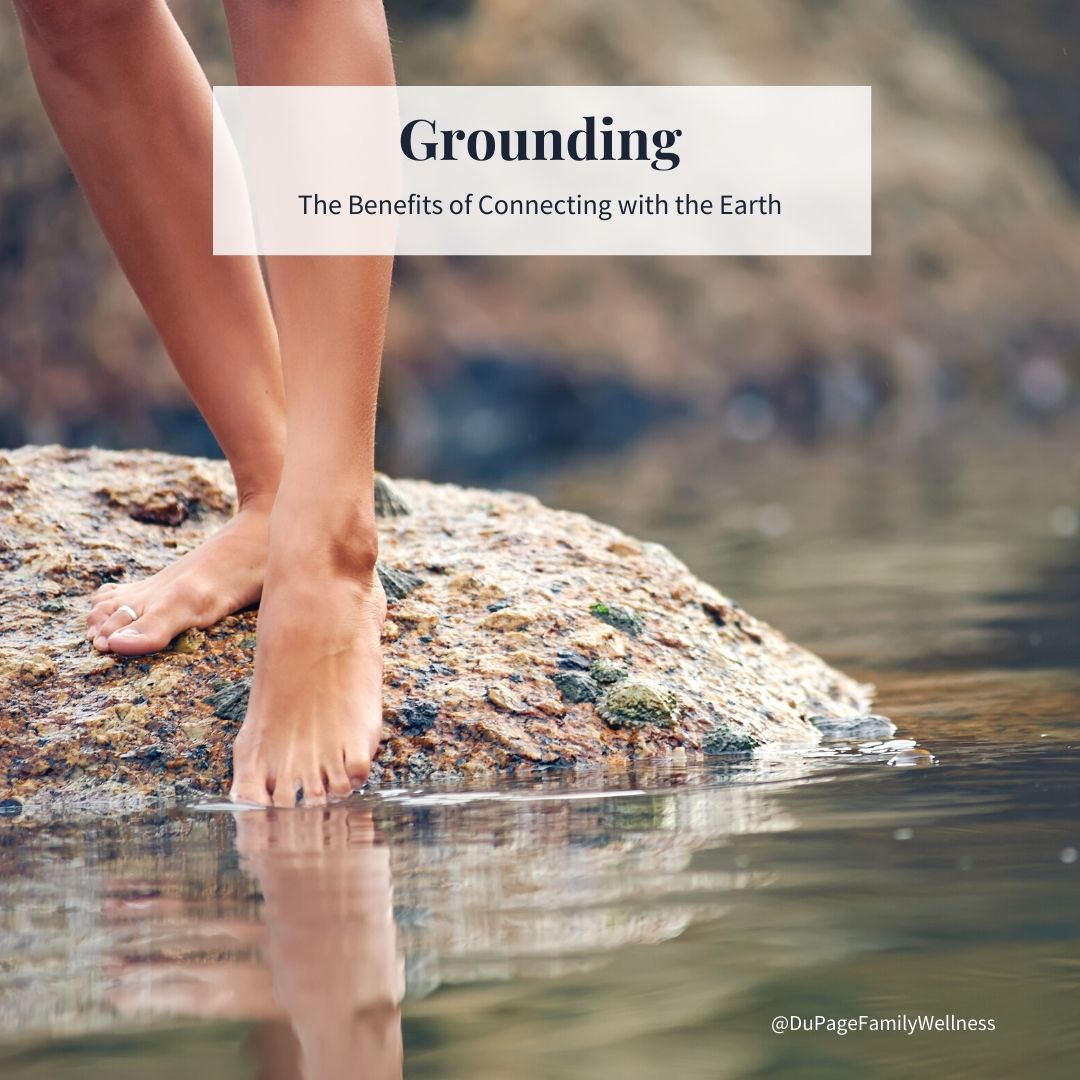 Children love to play outside - digging in the mud, picking wildflowers, walking barefoot, playing in the sprinkler, or simply lying in the grass. It is one of the highlights of childhood. They explore the world, interacting with it instinctually.
Children love to play outside - digging in the mud, picking wildflowers, walking barefoot, playing in the sprinkler, or simply lying in the grass. It is one of the highlights of childhood. They explore the world, interacting with it instinctually.
As we grow up we often lose this connection with the earth and the many benefits this connection provides. But the practice of grounding is gaining popularity in the holistic wellness community, and even attracting the attention of some researchers.
Let’s look at this ancient practice and how we can engage in it today!
What is Grounding
“Grounding” or “earthing” is an ancient practice of putting the body in direct contact of the earth’s soil (or water).
It is based on the belief that we can draw from the earth's energy when we connect with it in this way. Since the earth carries a negative charge, we are able to pick up the extra electrons on the earth's surface. These electrons are then able to pair with free radicals within the body and neutralize them. In this way, grounding acts as an antioxidant (1).
Grounding can occur anytime we are in contact with substances that conduct these electrons (water, dirt, sand, concrete, etc.). This means that even a simple walk to get your mail can be beneficial if you are barefoot.
Benefits of Grounding
Grounding is believed to have many benefits that go beyond what can be measured. While more research is needed, studies are beginning to find some real benefits of grounding.
- Better sleep
- Stress reduction
- Improved Mood
- Pain Reduction
- Cardiovascular Health
- Decreased Inflammation
If you are interested in looking at the science behind grounding, check out Healthline’s article “Grounding: Exploring Earthing Science and the Benefits Behind It.”
Risks of Grounding
While there are few risks of grounding, it is important to be aware of your surroundings. Obviously you will need to be aware of dangers such as sharp objects, stinging insects, etc.
You will also need to listen to your body. Our feet get used to the support our shoes offer, so it can be difficult to make a transition to walking without them. You may need to start grounding for short periods of time, gradually increasing it as you are able.
Don’t let these risks deter you though. The attention it takes to walk barefoot safely can turn into a mindfulness practice, increasing your awareness of your body and the environment around you. Slowly building up tolerance to walk barefoot can strengthen both your feet and your balance.
Do you have a grounding practice? Did you as a child? If so, I’d love to hear about it. How do you incorporate it into your life today?
For me, I started going out each morning and watering my garden barefoot. On rainy mornings, I still go out and simply stand in the rain for a few seconds! It has been so refreshing and something I look forward to each day.
If you don’t, the best way to see the benefits of such a simple practice is to try it yourself! What do you have to lose? Give it a try, see how you feel, and let me know what you experience.
Dr. Jamie
1. Earthing and Grounding: The Benefits of Going Barefoot

